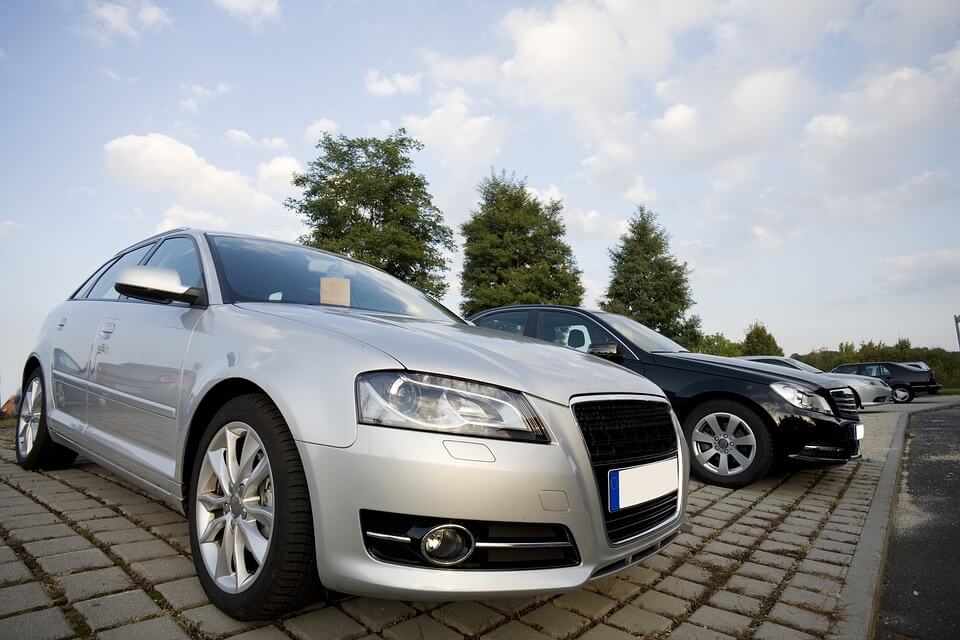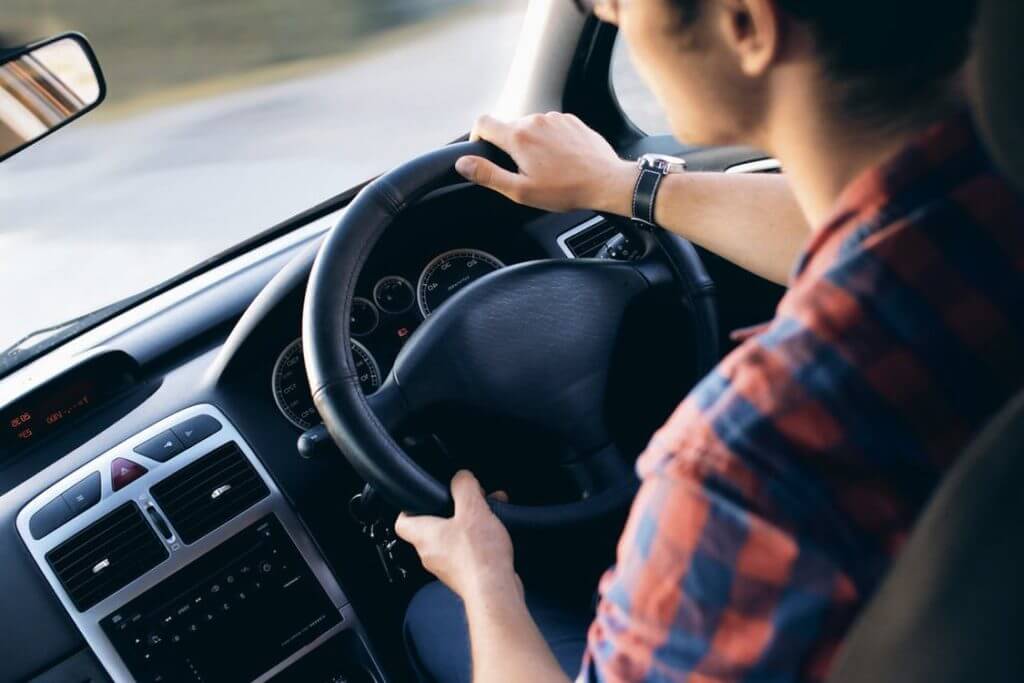After passing your test, you’ll be so excited to start driving on your own for the first time. Most people will stick to familiar routes for that initial independent journey but eventually you’ll have to tackle busier roads and potentially even cities. This could be an anxious prospect as you may have heard horror stories about the heavy traffic or are worried about taking a wrong turn.
We’re here to help with top tips on staying safe and calm while driving in a city. Looking for more reassurance? A Tempcover survey found the following cities the top 10 locations for new drivers in the UK:
- Sheffield
- Sunderland
- Doncaster
- Milton Keynes
- Peterborough
- Leicester
- Dudley
- Newcastle upon Tyne
- Plymouth
- Stoke-on-Trent
We judged this based on the following data factors:
- Motor vehicle flow.
- Total collisions (rate per billion motor vehicle miles).
- Percentage of collisions caused by inexperience.
- Percentage of green A roads & motorways.
- Percentage of green B & C roads.
- Petrol price per litre.
- Number of rainy days in each city on average per month.
England’s top three cities for new drivers
- Sheffield – Our research found Steel City had favourable conditions like the lowest percentage of collisions caused by inexperience (44%) and the highest number of A roads and motorways rated in ‘good’ condition (88%). This all helps to create a safer driving environment.
- Sunderland – 89% of the North East city’s A roads and motorways are in ‘good’ condition, while 87% of its B and C roads are well maintained. It also only has 298 collisions per billion motor vehicle miles.
- Doncaster – The South Yorkshire city has just 260 collisions per billion motor vehicle miles and petrol is available for a competitive 136.2p per litre, making it an affordable option for younger and new drivers.
What’s the best advice for driving in a busy city?
Be prepared
There’s no getting away from the fact the roads are going to be busy and other drivers might do the unexpected. With everything going on, you may also find yourself flustered and make the wrong decision.
One of the key things to remember when driving in a city is to stay calm. If you do your research (looking up alternative routes, knowing where you’re going to park) ahead of time, this can help reduce the stress in the moment and help you mentally prepare for any issues.
You should also look at other regulations and consider the speed limits, especially with some areas now having 20mph limits in certain places. You should also:
- Check the local traffic reports before heading off (Google Maps and Apple Maps will both give good indications of how long things will take).
- Give yourself more time to get where you need to go.
- Look up alternate routes ahead of driving.
What to watch out for when city driving
The roads could be significantly busier than anything you’re used to, and this isn’t just due to cars. You could face cyclists, taxis and buses when they don’t have their own lanes. You’ll also have to be mindful of pedestrians.
It may be an idea to avoid driving during peak times. When they’re commuting and desperate to get into work on time or make the last train home, people can do silly things. They will run through traffic when the traffic light is green and may go into the road if it looks shorter. Just prepare for them to do anything.
Depending on what time you’re driving, you may also have to deal with traffic going to shows, sporting events, concerts or even make your way through protests. Again, it’s important to remain calm, focusing on getting to your destination.
Keeping safe in the city
If you’re getting anxious, take it slow and drive at a safe speed. Try not to worry if you miss a turn as many major cities have interlinking roads. This means you can still get where you need to go.
Although others may drive more assertively or aggressively in cities, it’s important you stay considerate to other road users. Keep your distance, check your mirrors, use your indicators and make your intentions clear. Don’t change lanes on a whim and trust your GPS system and the road signs.
It can be quite different driving in a city compared to on local or country roads so you should take some time to look at the layout, making note of when bus and taxi lane operating hours are and if there are any fees to pay (London, for example, has both the congestion charge and ULEZ). The last thing you’ll need after your journey to the city is an unexpected fixed penalty notice for something that could be avoidable.
Be aware, attentive and considerate when driving in a city. Remember that building your confidence as a new driver takes time and practising in different environments, whether on quiet streets, busy areas, or rural roads, can help refine your skills. The more you drive in a city, the more confident you will become.
Cover yourself
You need to be insured to drive any car on a public road in the UK. If the worst does happen and you have a bump while driving in a city, you can have peace of mind when you are comprehensively covered.
If you’re borrowing a friend or family member’s car for your first drive into the city, make sure you have temporary car insurance. Fully comprehensive and flexible so you only pay for the time you need, this short-term cover also won’t affect the vehicle owner’s no claims discount. If you’re still learning ahead of the big city trip, why not get some learner driver insurance to get in some extra practice. This will help build your confidence ahead of your first independent trip into the city.
Sources
https://www.rac.co.uk/drive/travel/driving-in-the-uk/driving-in-london/
https://www.passmefast.co.uk/resources/driving-advice-and-safety/driving-well/city-centre-driving
*Methodology
Using data from the UK’s most populated areas, we identified the best locations for new drivers based on the metrics below. Locations with missing data were excluded, including Scotland, Wales, and Northern Ireland, due to insufficient information on road conditions. Each metric was scored out of 10 and then averaged to determine the overall ranking.
Frequently Asked Questions
Is driving different from city to city?
Yes, each city will have unique challenges and restrictions. Check the local council’s website ahead of travelling for information on speed limits, parking etc.
Do I have to pay to drive in a city?
This depends on where and when you drive and can vary between cities. London, for example, has the congestion charge and ULEZ for non-compliant vehicles.
How do I check if my car is ULEZ-compliant?
Simply enter your vehicle registration on Transport for London’s (TfL) website and it will confirm if it meets the ULEZ emissions standards. Generally, petrol cars from 2006 and diesel cars from 2015 onwards comply.
Can I drive in a bus lane?
You can only drive in a bus lane if the signs indicate you can. Driving in a bus lane can land you a fine.
Are there any alternative ways to get around a city without a car?
Most cities will have extensive forms of public transport to help people get around. These can vary from the London Underground to Manchester’s tram service, bus services and hire bikes.
Is temporary car insurance useful for city driving?
Temporary car insurance can be a flexible and cost-effective option if you’re only planning to drive in a city for a short period of time e.g. a weekend city break.




